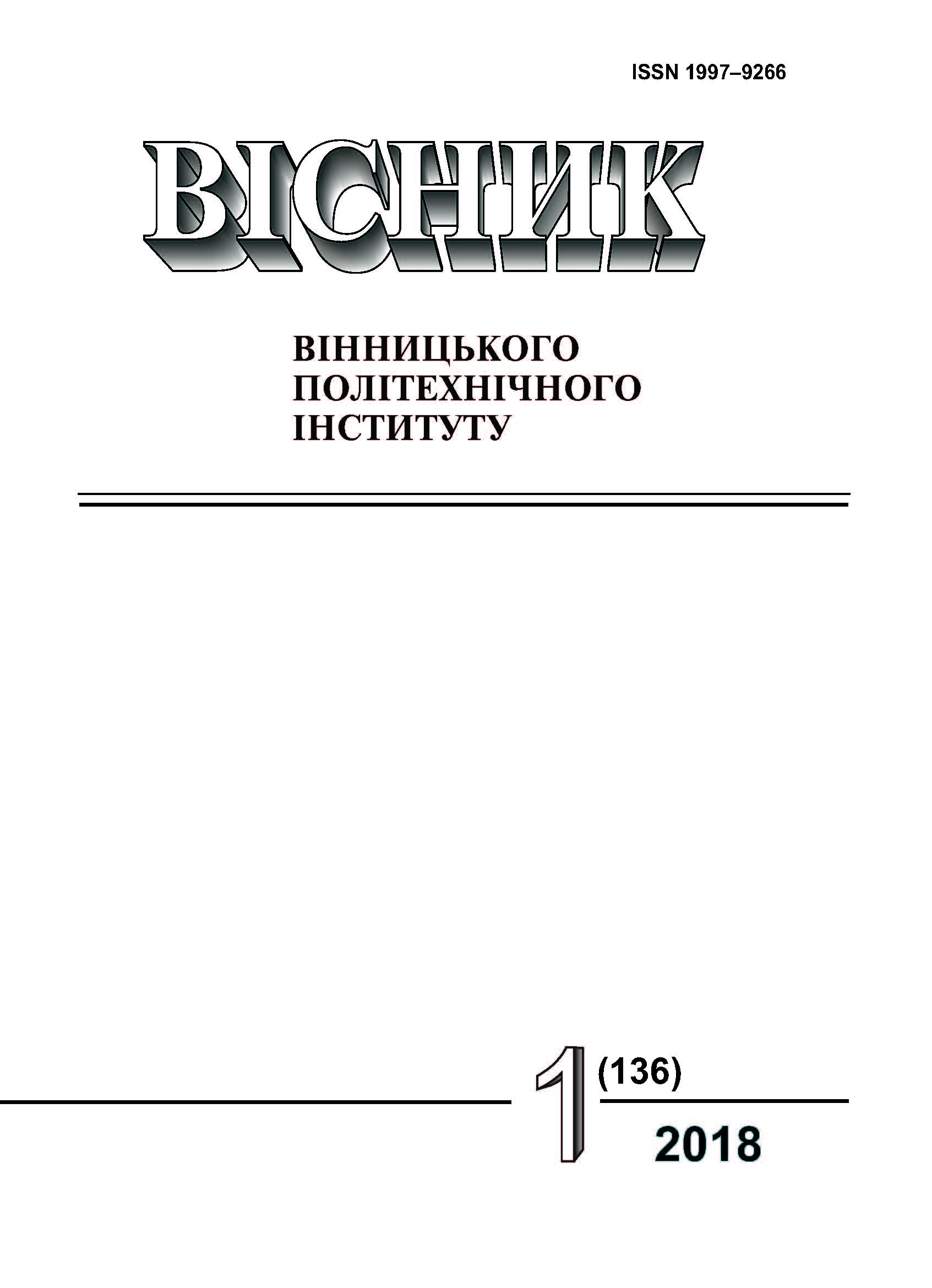Study of Oscillatory Steady State Stability in the Cross-Section of Power System of Ukraine
Keywords:
electric power system, the cross section, the oscillatory steady state stability, automatic excitation regulator.Abstract
The task of increasing the stability of the United Energy System (UES) of Ukraine has a particular relevance in view of the prospect of joining the UES of Ukraine to the European energy association ENTSO-E. Modern software complexes of the analysis of modes of electric power systems (EPS), which use mathematical models of elements of the EPS, are required for the solution. The possibility of verification of models is complicated by the lack of naturally registered information on the violation of the stability of large energy connections due to the rarity of its cases. Therefore, for verification, calculations can be made using specially designed test schemes which reflect the properties of the researched EPS. Such scheme was used to study the oscillatory static stability at the intersection of the UES of Ukraine, depending on the setting of automatic excitation control (AEC) of synchronous generators.
The excitation voltage, which applied to the winding of the rotor of the synchronous machine, is created by the excitation system. It consists of: an excitation (an electrical direct current (DC) machine; an electric alternating current (AC) machine a semiconductor rectifier; a converter with transformer power supply); automatic excitation controller (AEC); devices for forcing the excitation, excitation and extinguishing of the field; devices for protecting the rotor from over voltages and overloads; control and automation equipment. In practice, the types of excitation systems and AECs are characterized by a large variety. In the Software complex of stability analysis of complex EPSs of the IED of the National Academy of Sciences of Ukraine, two models are used for AEC modeling: RCA (regulator of continuous action) and RB (relay boost). In the continuous action controller (CAC) model, the input signal of the controller is assumed to be combined, which allows to take into account both the AEC of strong action, and the so-called "high-frequency" AEC (current controller of the rotor), and the simplest current compaction. The parameters of the RND model also specify the type of excitation system: independent excitation and self-excitation. The RND model is envisaged to take into account the limitation of the maximum current of a rotor, which is performed by modern AEC. It can be significant in checking static stability by a dynamic method (by calculating the transition process for small but finite perturbations). The rotor current (on the scale of the EMF) is calculated for this.
The conducted research on the test model of the West-Vinnitsa crossing showed that the failure of the AEC setting could lead to a breakdown of stability in the form of self-oscillating power over the intersection lines; The software complex of the IED of the National Academy of Sciences of Ukraine AVR-74 can be used to study the oscillatory static stability of power associations.
References
[2] В. Авраменко, В. Крылов, П. Черненко, и В. Прихно, Математические модели и программные средства для решения задач автоматизированного диспетчерского управления энергосистемами. Киев, Украина: Институт электродинамики НАН Украины. 2012, 303 с.
[3] В. Авраменко Модели, методы и программные средства для расчета и анализа переходных режимов и устойчивости ЭЭС, Праці Ін-ту електродинаміки НАН України. Зб. наук. праць. № 18. с. 12-26, 2007.
Downloads
-
PDF (Українська)
Downloads: 177
Published
How to Cite
Issue
Section
License
Authors who publish with this journal agree to the following terms:
- Authors retain copyright and grant the journal right of first publication.
- Authors are able to enter into separate, additional contractual arrangements for the non-exclusive distribution of the journal's published version of the work (e.g., post it to an institutional repository or publish it in a book), with an acknowledgment of its initial publication in this journal.
- Authors are permitted and encouraged to post their work online (e.g., in institutional repositories or on their website) prior to and during the submission process, as it can lead to productive exchanges, as well as earlier and greater citation of published work (See The Effect of Open Access).





